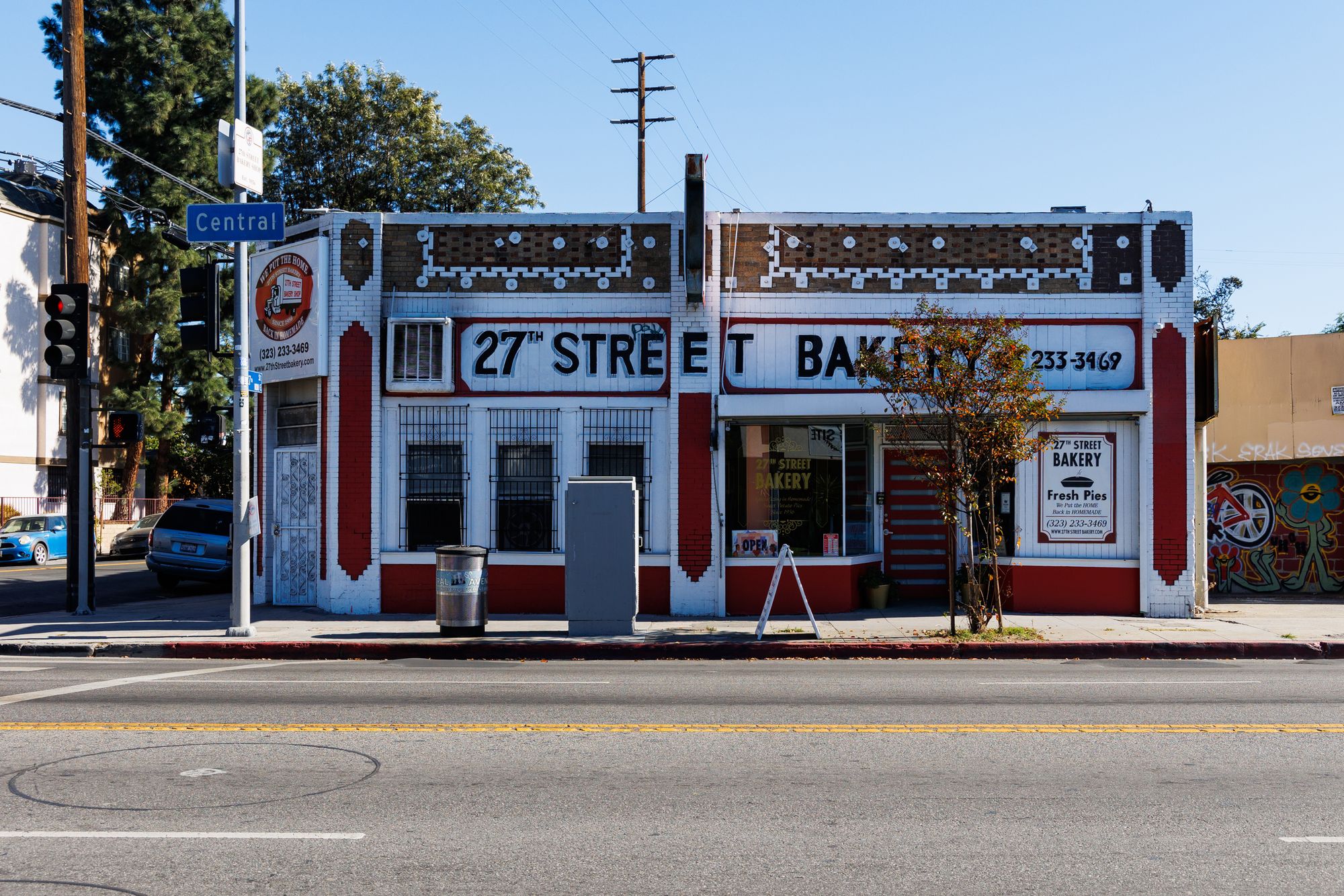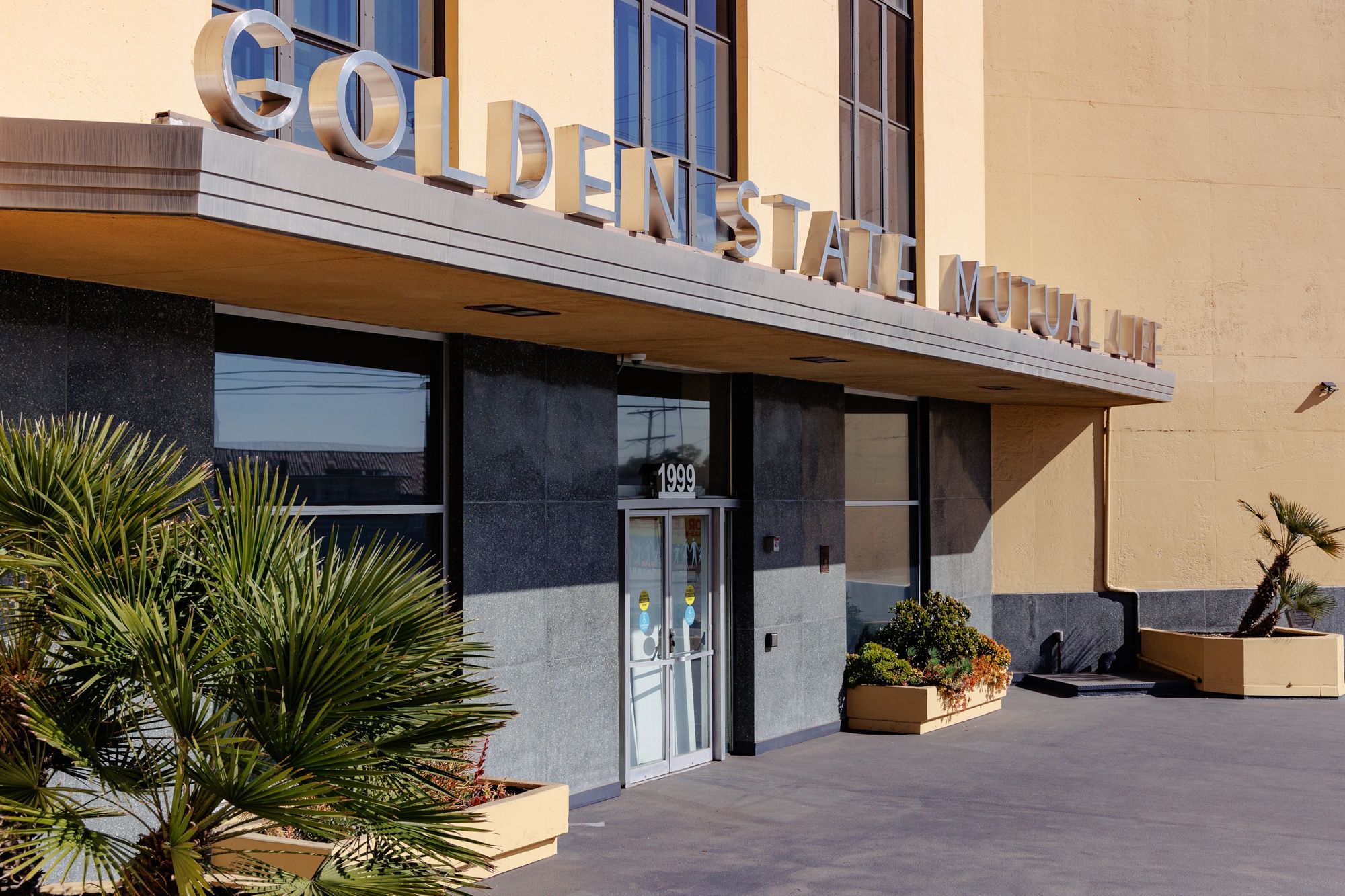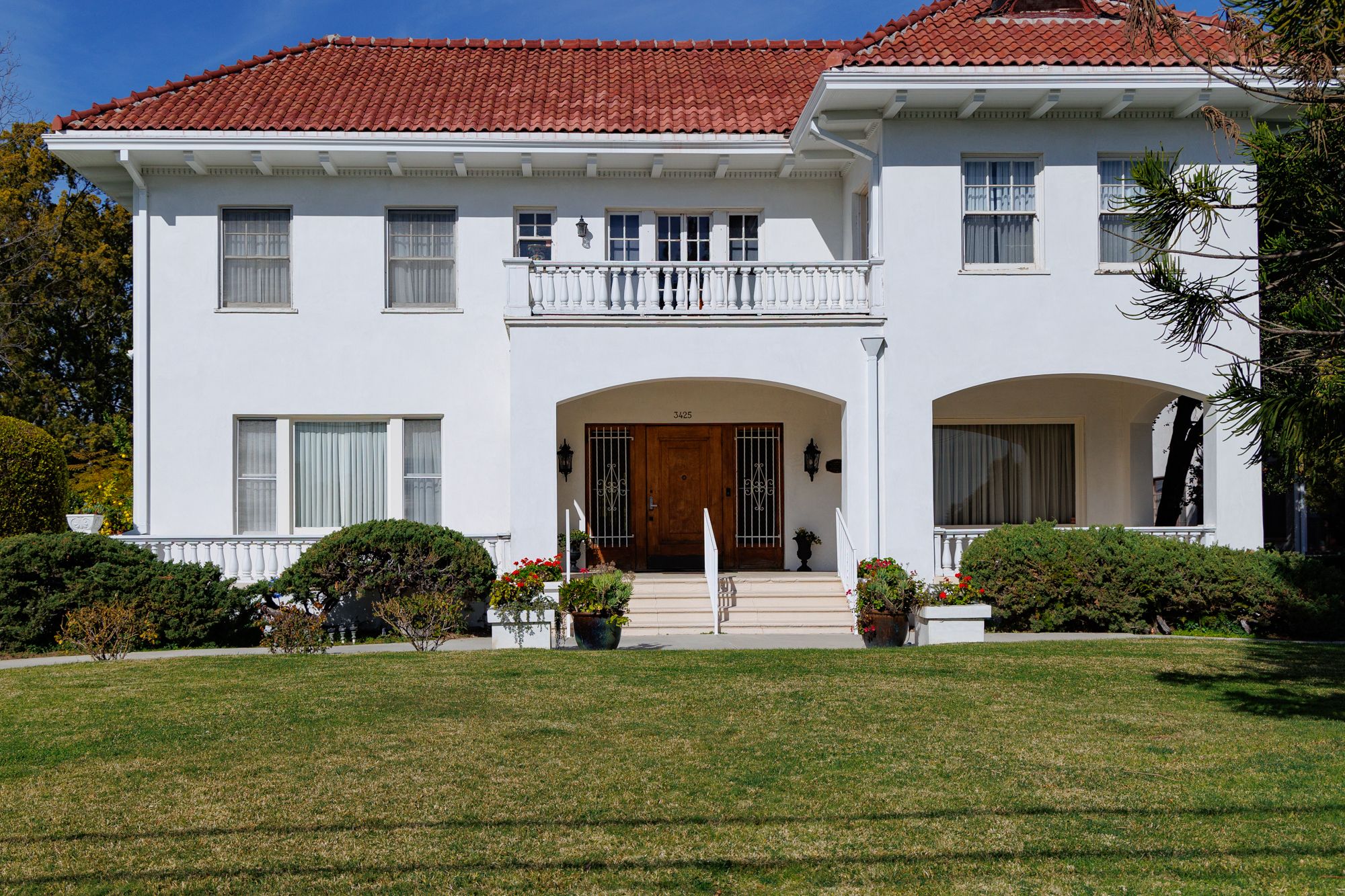Central Avenue Corridor
Text by Tyree Boyd-Pates | Photography by Kwasi Boyd-Bouldin
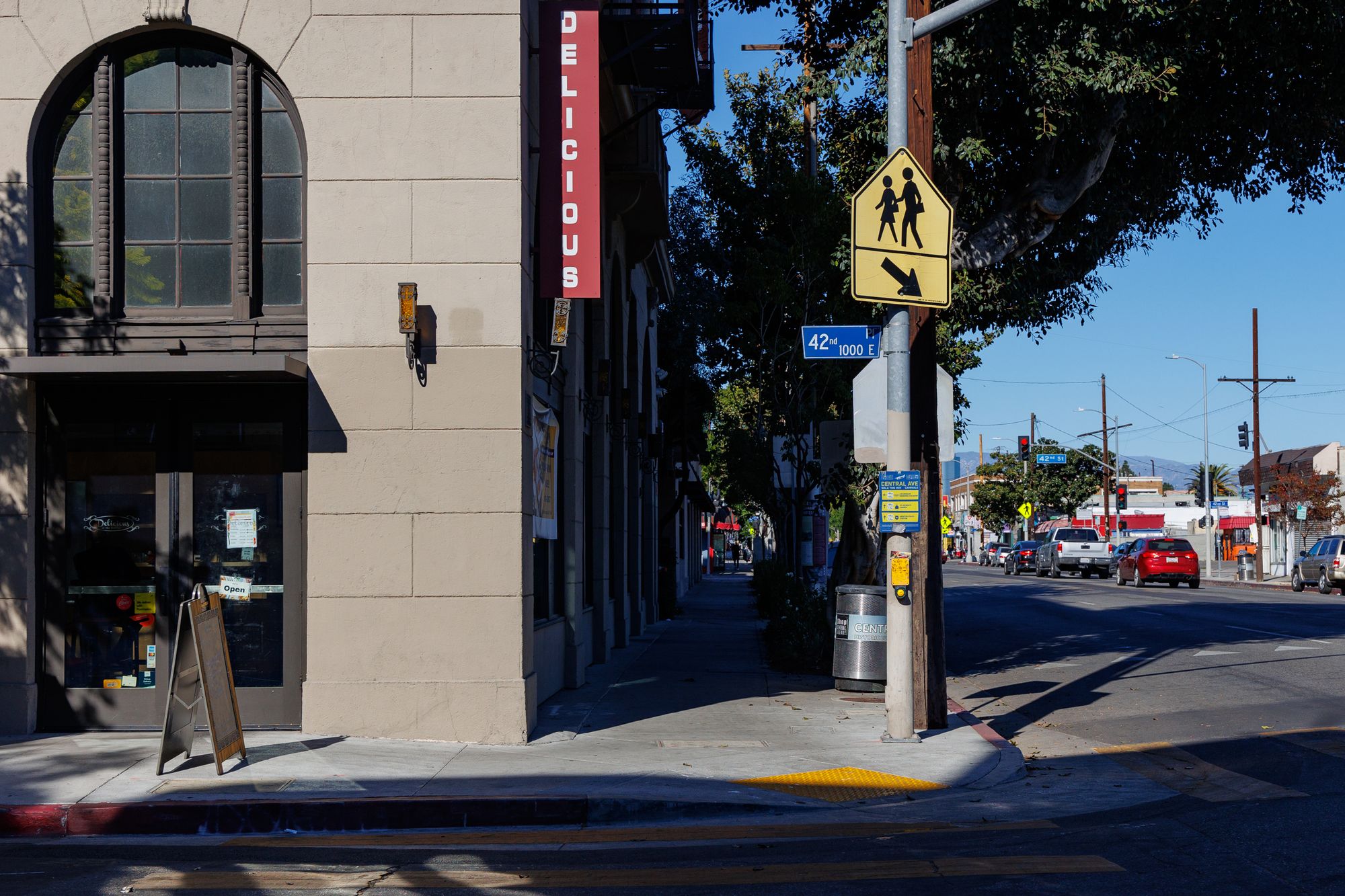
Known as the "Black Belt of Los Angeles," the Central Avenue corridor was an ethnic enclave purposefully built to establish a Black presence in the City of Angels. Three critical landmarks—the Somerset Hotel, the Hudson Liddell Building, and the Golden State Mutual Insurance Building—supported its existence.
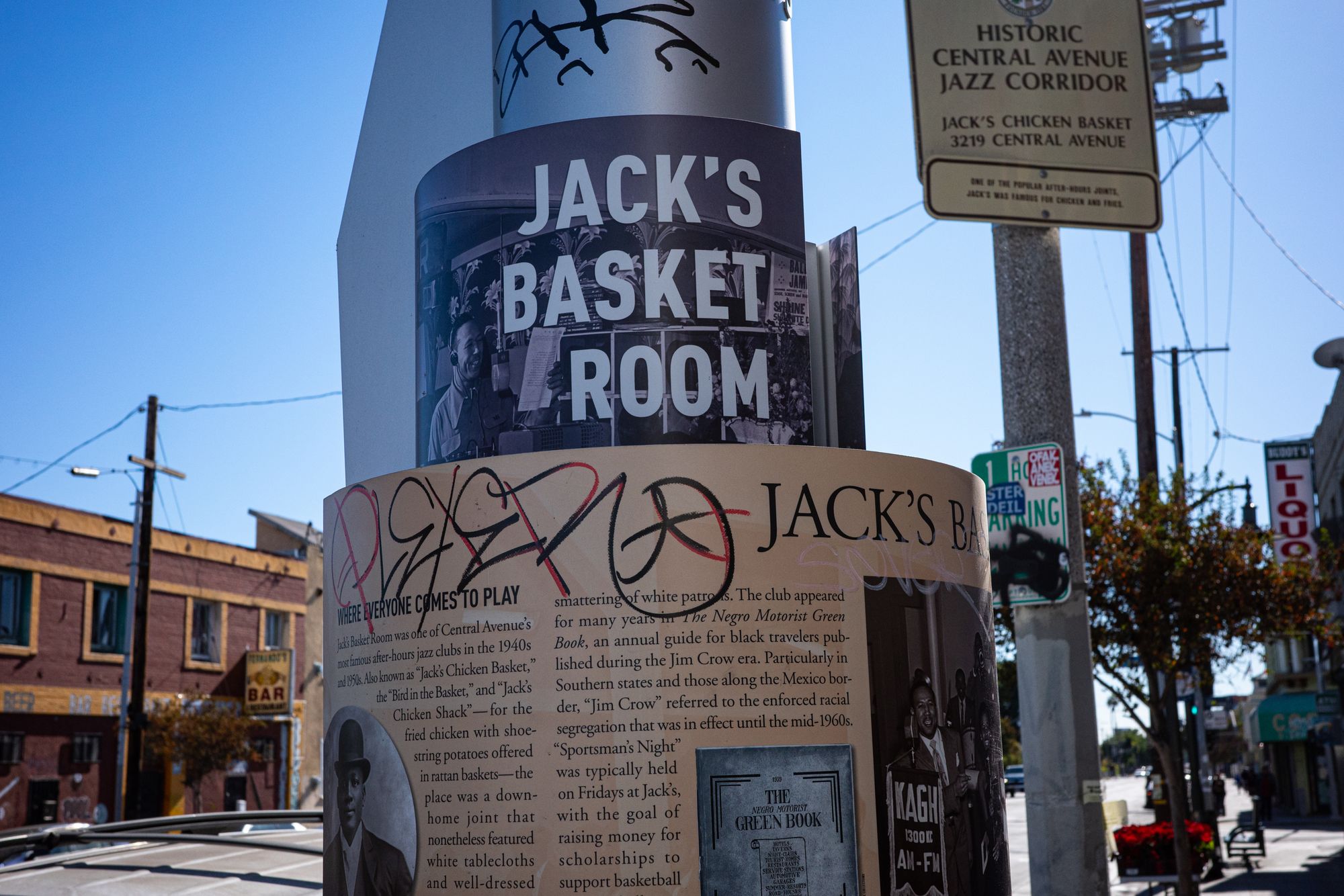
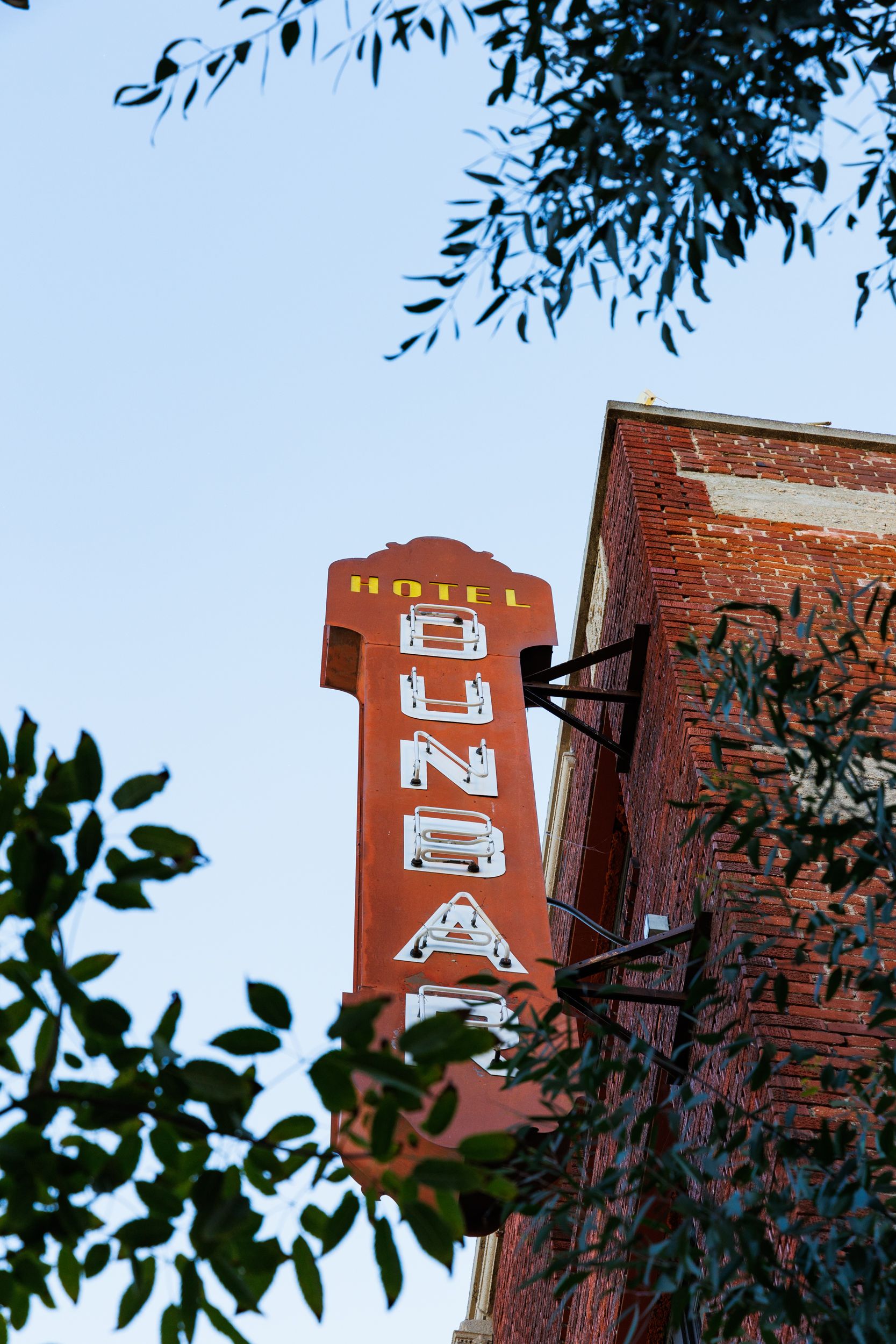
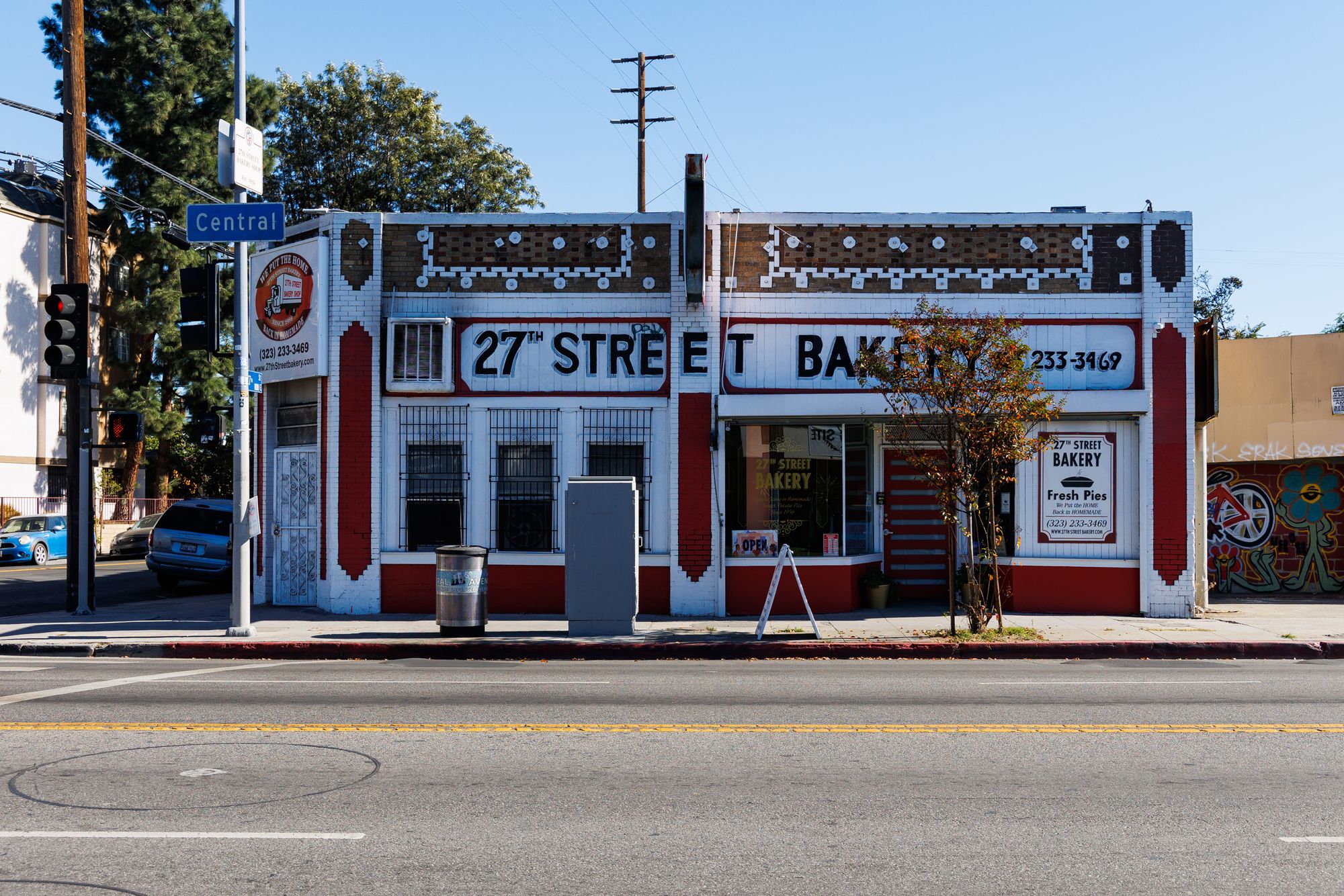
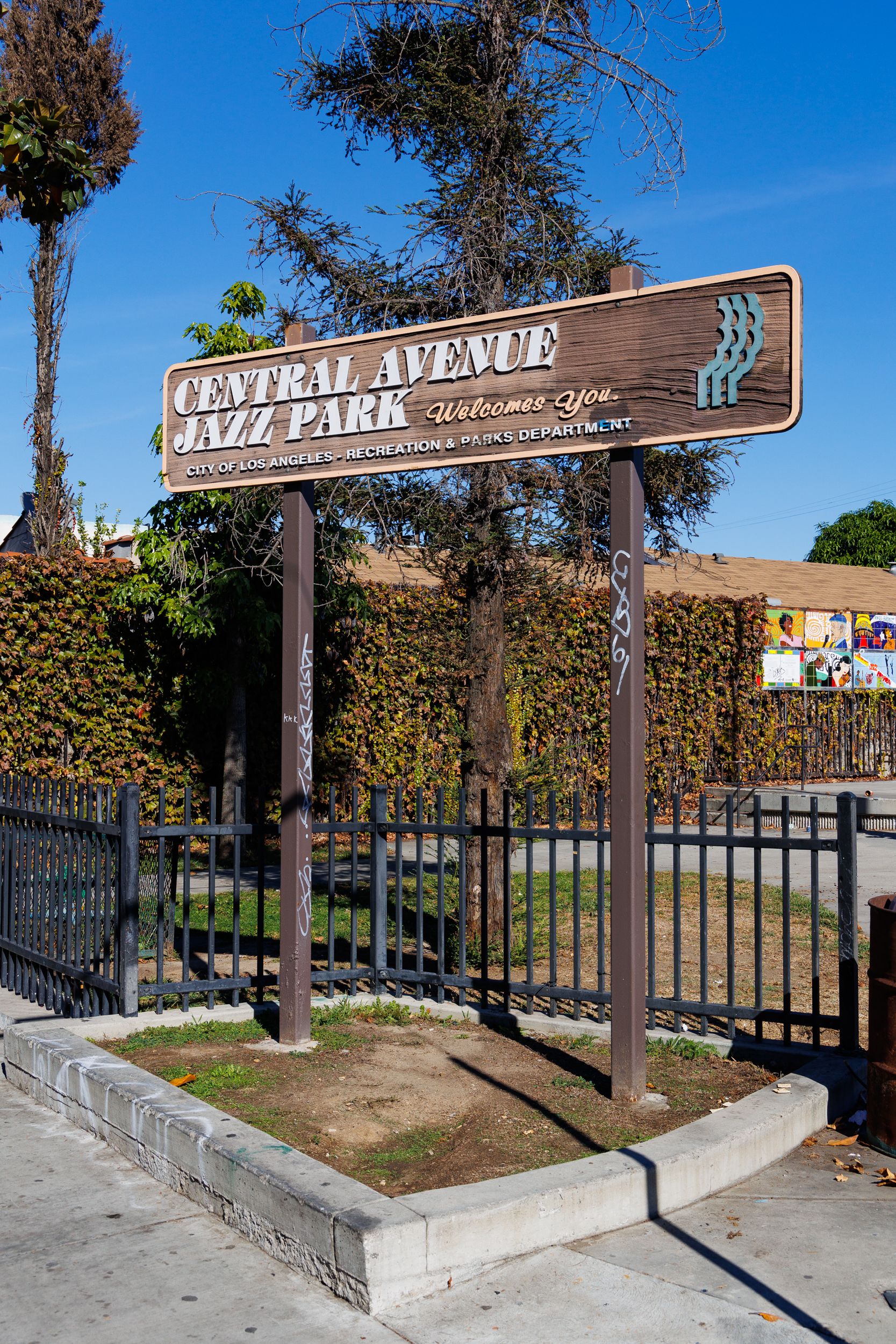
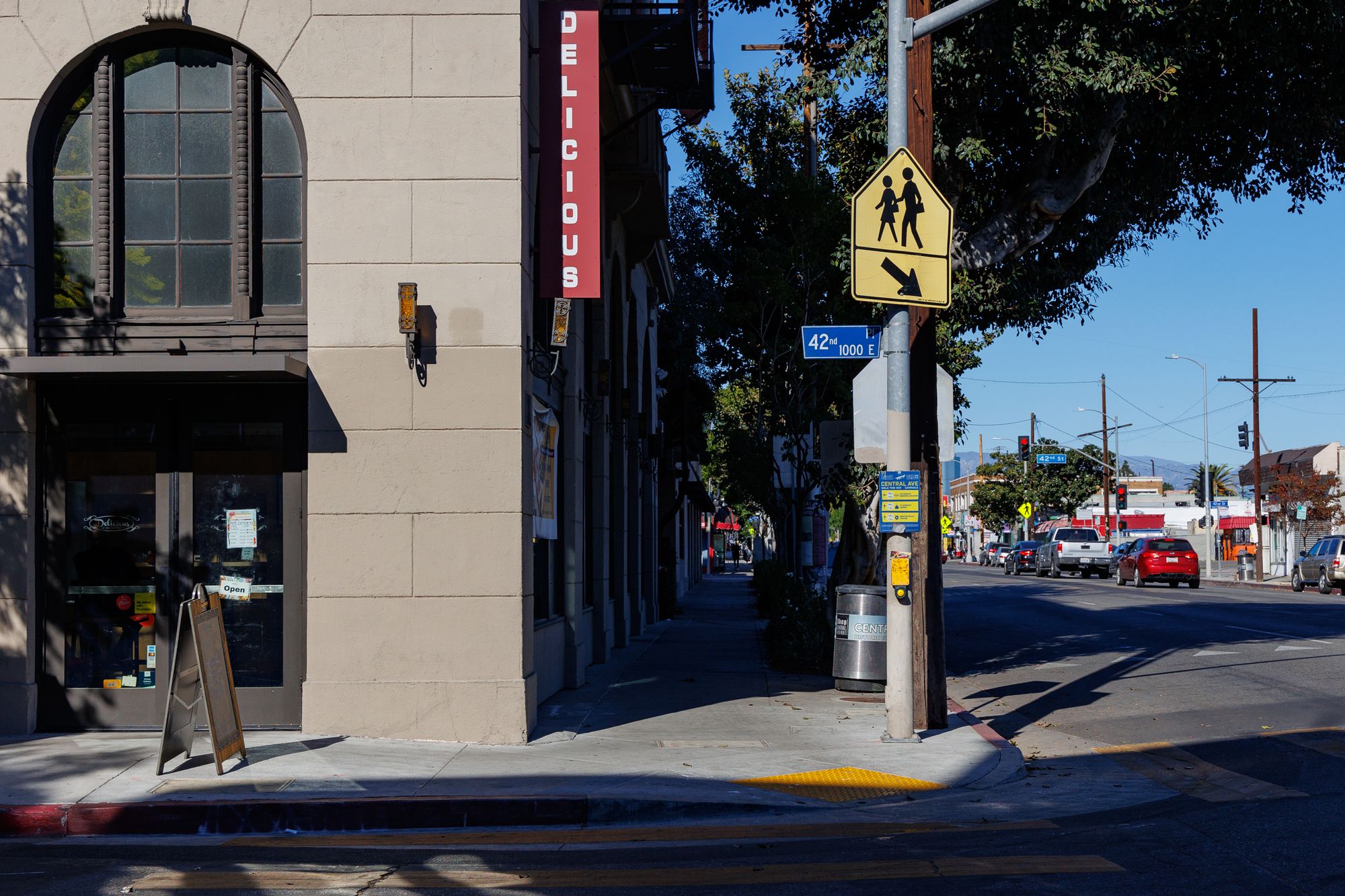
In the 1940s, 50,000 Blacks moved into the corridors of the area. By this time, Central Avenue was the center of Los Angeles' African-American community with a dynamic rhythm and blues and jazz music scene, especially dance clubs on the Avenue. Notable are Club Alabum, Apex Club, Downbeat, Flame, and Casablanca, where Charlie Parker and Dizzy Gillespie performed regularly.
The increase of Black residents that moved to the Los Angeles Central Avenue corridor was due to the start of WW2. The need for industrial workers to work to supplement the $11 billion war contracts required labor in the automobile, rubber, and steel industries. As a result, the Black population in Los Angeles leaped from 63,700 in 1940 to 763,000 in 1970 making the once small, pocketed community visible to the general public.
As with other major urban metropolises such as Chicago and New York, the steady arrival of Black migrants from the South forced these new residents to face many setbacks upon their arrival, including poor working conditions, competition for limited living space, and widespread racism and prejudice - especially in Los Angeles.
With an influx to areas such as South Los Angeles in the 1940s, residents frequently encountered housing discrimination prohibiting African Americans and other minority groups from similar entry to lodging through coercive systemic means across the city. Moreover, systemic redlining and restrictive housing covenants also racially steered African Americans into congested government housing throughout South Los Angeles.
"I didn't know where Sunset Boulevard was when I moved to L.A., but sure I knew Central" - Quincy Jones, 2011
Despite attempts at limiting African Americans' residency in certain parts of Los Angeles, Central Avenue has always represented and culturally stayed a valuable asset to the city. Although many Black residents have left the area for greener pastures beyond the town, this area’s significance is a metropolitan example of possibility through commerce, music, and culture. As a Black space, the Central Avenue corridor embodies the achievement of community potential in aspiring for the American dream by any means necessary.
Sources:
“Dunbar Hotel | Los Angeles Conservancy.” www.laconservancy.org, www.laconservancy.org/locations/dunbar-hotel.
Ethington, Phil. “Historic Central Avenue Los Angeles: A Brief History of Central Avenue.” Historic Central Avenue Los Angeles, July 2015, scalar.usc.edu/works/historic-central-avenue-los-angeles/a-brief-history-of-central-avenue.
Simpson, Kelly. “The Great Migration: Creating a New Black Identity in Los Angeles.” KCET, 15 Feb. 2012, www.kcet.org/history-society/the-great-migration-creating-a-new-black-identity-in-los-angeles.

